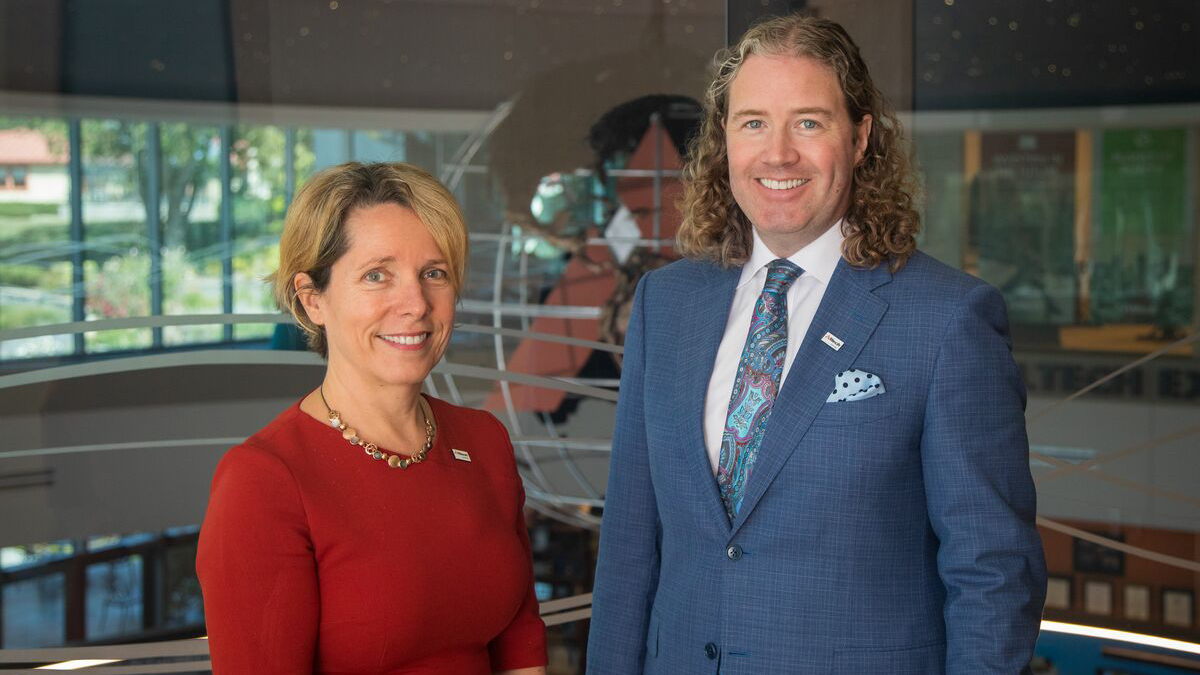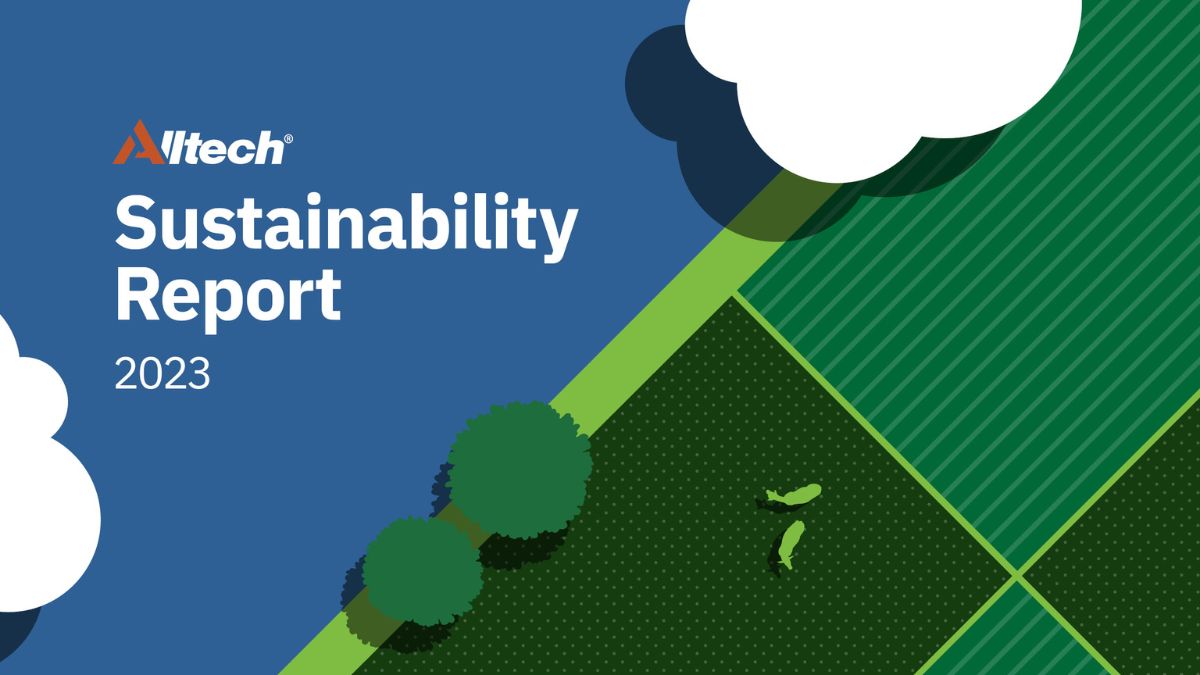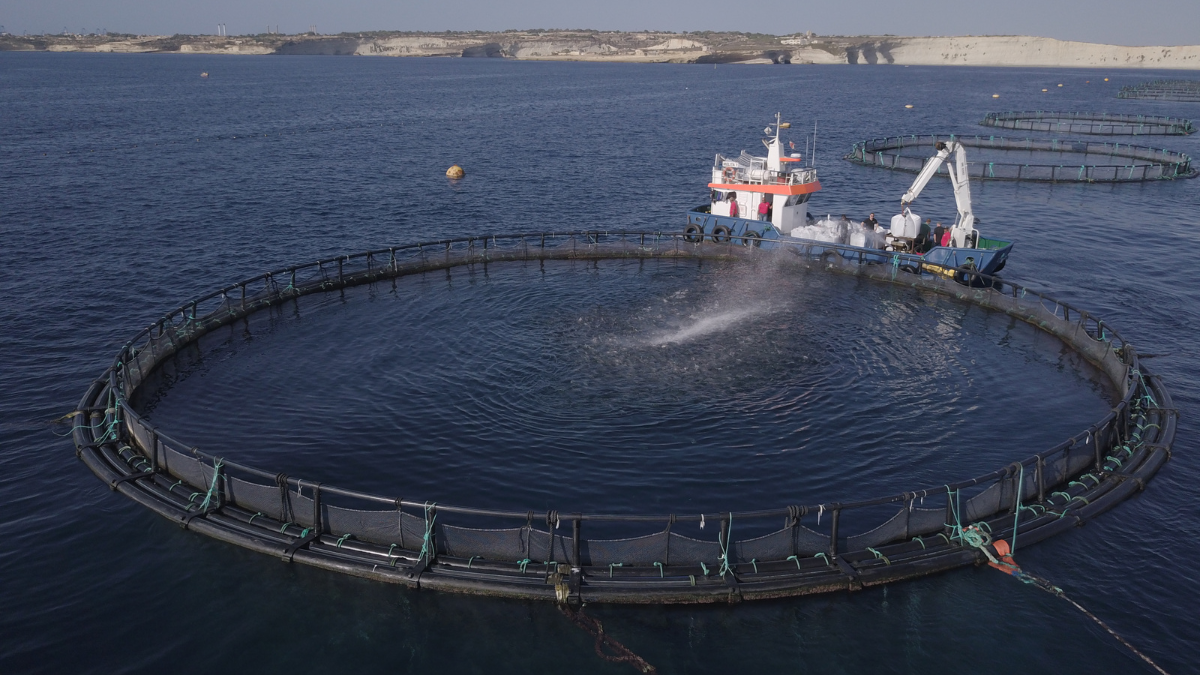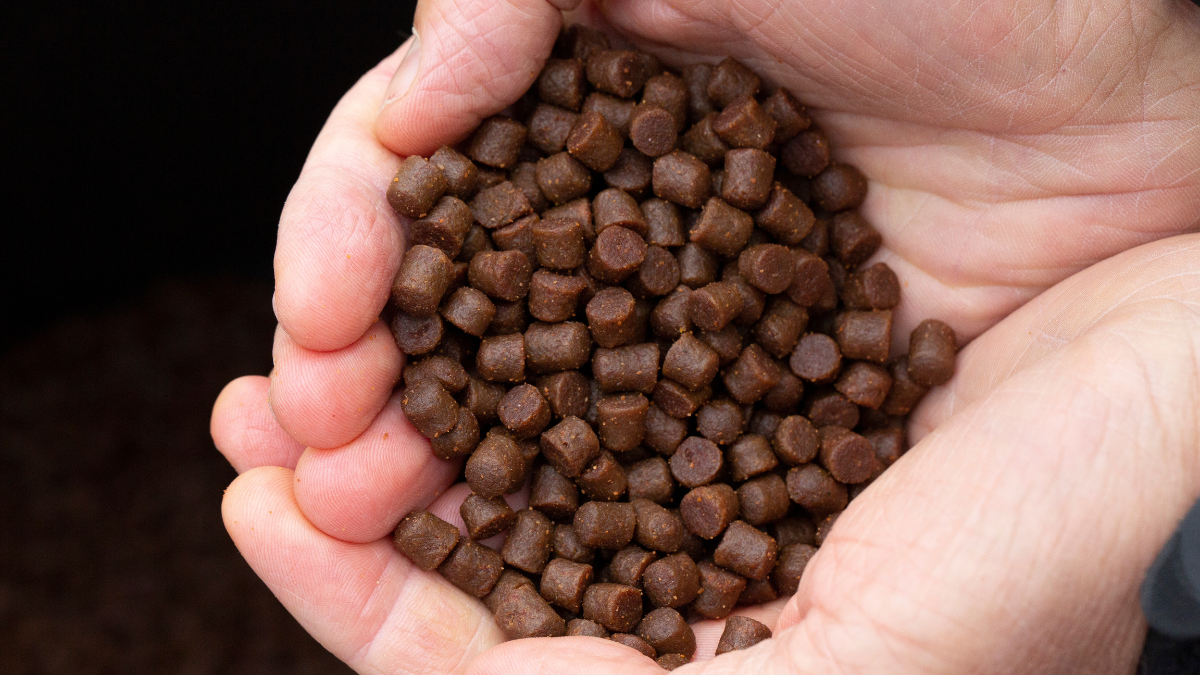2025 Alltech Agri-Food Outlook shares global feed production survey data
increased in 2024 by 1.2% to 1.396 billion metric tons
[LEXINGTON, Ky.] – Alltech, a global leader in animal nutrition and biotechnology, has released its 2025 Agri-Food Outlook, a report that includes the results of the company’s 14th annual global feed production survey. The publication shows that global feed production rebounded in 2024 after a stagnant 2023, increasing from 1.380 billion metric tons (mt) (+1.2%) to 1.396 billion mt. This growth — which was achieved despite challenges that included highly pathogenic avian influenza (HPAI), climate fluctuations and economic uncertainty — underscores the resilience and adaptability of the international agriculture industry.
The annual survey that serves as the foundation of the Agri-Food Outlook collected data from 142 countries and 28,235 feed mills in 2024. By analyzing compound feed production and prices — collected by Alltech’s global sales team and in partnership with feed associations and official data-collecting organizations — the survey provides a comprehensive snapshot of global feed production. These insights serve as a barometer for the overall livestock industry, highlighting key trends across species, regional challenges and opportunities for growth.
Top 10 countries:
The top 10 feed-producing countries in 2024 were China (which produced 315.030 million mt of feed, down 2.03% from 2023), the U.S. (269.620 million mt; +0.68%), Brazil (86.636 million mt; +2.43%), India (55.243 million mt; +4.56%), Mexico (41.401 million mt; +1.38%), Russia (38.481 million mt; +8.53%), Spain (35.972 million mt; +1.46%), Vietnam (25.850 million mt; +3.41%), Türkiye (24.502 million mt; +4.83%) and Japan (24.297 million mt; +0.14%). Together, the top 10 countries produced 65.6% of the world’s feed — and 52% of all global feed production was concentrated in just four countries: China, the U.S., Brazil and India.
Notable results and future outlook by species:
- Poultry feed experienced an increase in production, both for broilers (385.415 million mt; +1.8%) and layers (173.038 million mt; +1.4%).
- Broiler feed remains the largest species segment, accounting for 27.6% of the total feed tonnage in the world. As a “budget-friendly” protein option, the broiler industry benefits from surges in red meat prices. Affordability drove demand in Asia-Pacific and Latin America, while rising incomes boosted growth in Africa. While HPAI was a persistent issue for poultry production, broiler feed volumes are positioned to continue on a path toward moderate growth this year because of broiler meat’s affordability and export opportunities.
- For layers, the slow 1.4% growth rate reflected the challenges facing the industry, including the disruptions by avian influenza and oversupply in some regions. Disease challenges led to North America experiencing the steepest decline in production due to flock reductions. Layer production was able to maintain a positive global growth rate, however, due to volume gains in Asia-Pacific — where consumers are favoring eggs as a cheaper protein option — and healthy demand in Latin America and Africa. While the threat of HPAI continues to loom in various regions, the development of vaccines and improved biosecurity measures could help mitigate losses and keep the global layer sector on an upward trajectory.
- Global pig feed production experienced a loss in 2024 of 0.6%, leading to a decreased total of 369.293 million mt. Growth in the European, Latin American and North American pork segments was counterbalanced by downturns in Africa and the Middle East, Asia-Pacific and Oceania. These trends were partly dictated by how well producers in each region continued to recover from outbreaks of African swine fever (ASF), with export demand allowing Europe and Latin America to reclaim lost ground. Survey respondents were divided in their outlook for pig feed production, which recorded the highest amount of pessimism among all feed segments. Proper disease management and stabilized feed costs will be critical for the pig feed sector to achieve growth worldwide.
- Dairy feed tonnage increased by 3.2%, to 165.500 million mt, due to robust consumer demand, favorable milk prices and a shift toward more intensive farming practices, with Asia-Pacific, Europe, Africa and Latin America all displaying growth. While dairy feed production remained stable in North America, Oceania’s reliance on abundant pasture led to a slight dip in its feed tonnage. Despite challenges that ranged from disease pressures to volatile weather conditions, the global dairy sector continues to exhibit strong resilience and growth potential. The modernization and intensification of production and higher milk yields are expected to foster further increases — but lower farmgate prices in China could limit global gains overall.
- Beef feed tonnage rose from 131.6 million mt in 2023 to 134.1 million mt in 2024, reflecting a global increase of 1.8%. North America, Latin America, Africa, Europe and Oceania all recorded gains thanks to a rise in demand for beef exports due to tight supply elsewhere around the world. Additionally, scarce forages in parts of North America, Latin America and Australia drove cattle producers to rely more heavily on commercial feeds. The decline in beef feed tonnage seen in Asia-Pacific and the Middle East was attributed to oversupply and lower prices.
- Global feed production for the aquaculture sector declined slightly, by 1.1%, in 2024 to 52.966 million mt, continuing a downward trend for the sector that first emerged in 2023. This statistic, however, conceals considerable regional divergence, including gains in Latin America, Africa and Europe. Unfortunately, the considerable decreases in Asia-Pacific and North America due to disease challenges, extreme weather events, cost pressures and low market prices weighed down the entire sector. Looking ahead, aquaculture is positioned to strengthen slowly, but this recovery will likely remain uneven across regions. Potential rebounds in shrimp and finfish production in Asia-Pacific will depend on stabilized prices and biosecurity improvements. Latin America and Africa could continue their upward trajectories, and momentum around alternative feed ingredients in Europe is expected to pick up steam as regulatory frameworks and consumer demand increasingly emphasize sustainability.
- Pet feed tonnage increased by 4.5% to 37.692 million mt in 2024, fueled by continued trends toward premiumization (including functional diets and the “humanization” of pets), expanded pet ownership and continued innovation in the sector’s product offerings. While the increase in pet food production appears to have slowed somewhat last year, it still remains one of the fastest-growing sectors in the world. Africa saw the largest percentage jump (of 60%), albeit from a low baseline, and Asia-Pacific’s double-digit gains underscore the surge in pet adoption and premium diets in developing regions.
- Equine feed tonnage increased by 2.3% to 9.630 million mt. This growth was driven by premiumization trends and rising interest in nutrition-focused care among horse owners, as well as growing participation in equestrian activities and the widely improving availability of specialized feeds. Looking forward, however, the sector faces declining populations and high feed costs.
Notable regional results:
- Asia-Pacific (533.1 million mt): Feed production was down slightly in the region (by 0.8%), but Asia-Pacific remained the largest producer of feed overall. This decrease was largely due to headwinds in China as well as ongoing weather extremes, oversupply and cheap feed alternatives that hampered expansion.
- North America (290.7 million mt): The second-largest feed producing region saw a modest increase (0.6%) across beef, poultry and pork that was offset by the impacts of HPAI (in layers and turkeys) and stagnant aquaculture production.
- Latin America (198.4 million mt): This region experienced solid gains driven by robust demand for poultry, pork and beef, as well as favorable export markets. Overall, feed production in Latin America increased by 3.6%.
- Europe (267.8 million mt): Rebounds in pig, beef and aquaculture feed led to a 2.7% increase in Europe’s total feed production, but structural constraints — including sustainability policies and diminishing herds — will temper future expansion.
- Africa and the Middle East (95.5 million mt): This region had the strongest percentage growth (of 5.4%) around the world in 2024, but it was also starting from a smaller base than other regions. This growth reflects expanding commercial feeds in the poultry, ruminant and pet sectors. Stable growth in poultry and beef in the Middle East, however, has been tempered by water scarcity and import costs.
- Oceania (11.0 million mt): Gains in beef and aquaculture from low baselines led to an increase of 2.5% in Oceania’s overall feed production. Feedlot usage is high in Australia, but New Zealand’s herd declines constrain further growth.
The compound feed production totals and prices reported in the 2025 Alltech Agri-Food Outlook were collected in the first quarter of 2025 with assistance from feed mills and industry and government entities around the world. These figures are estimates and are intended to serve as an informative resource for industry stakeholders.
To access more data and insights from the 2025 Alltech Agri-Food Outlook, including an interactive global map, visit alltech.com/agri-food-outlook.
*The figures used in Alltech’s Agri-Food Outlook are updated throughout the year as official feed tonnage information becomes available. Our 2023 data has been adjusted to reflect final figures.
- Read more about 2025 Alltech Agri-Food Outlook shares global feed production survey data
- Log in to post comments























